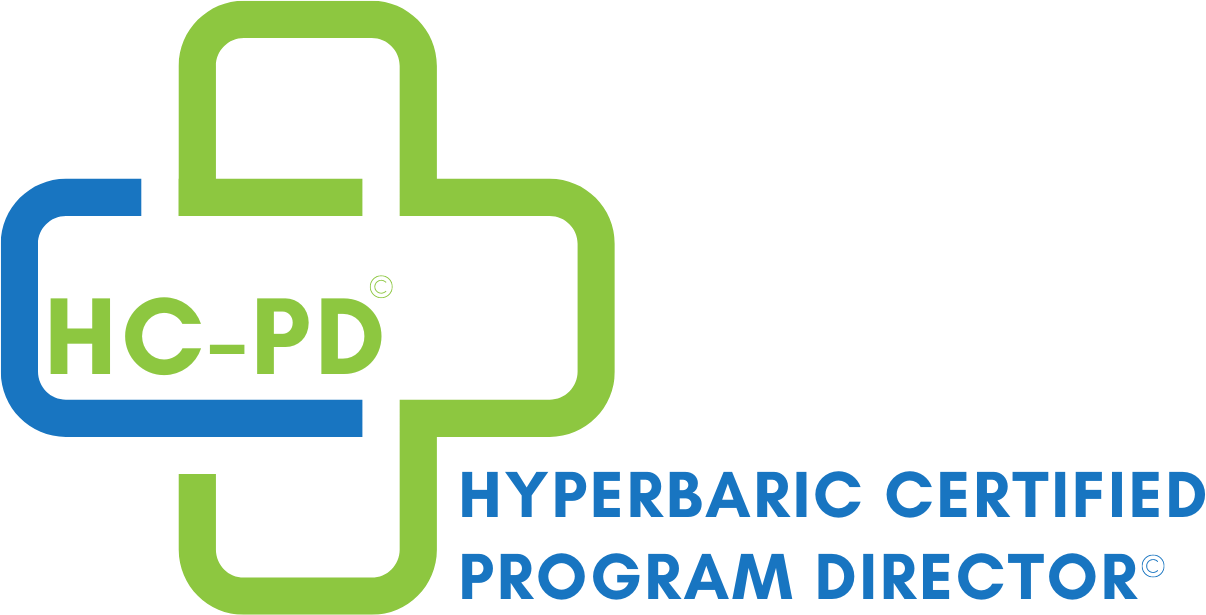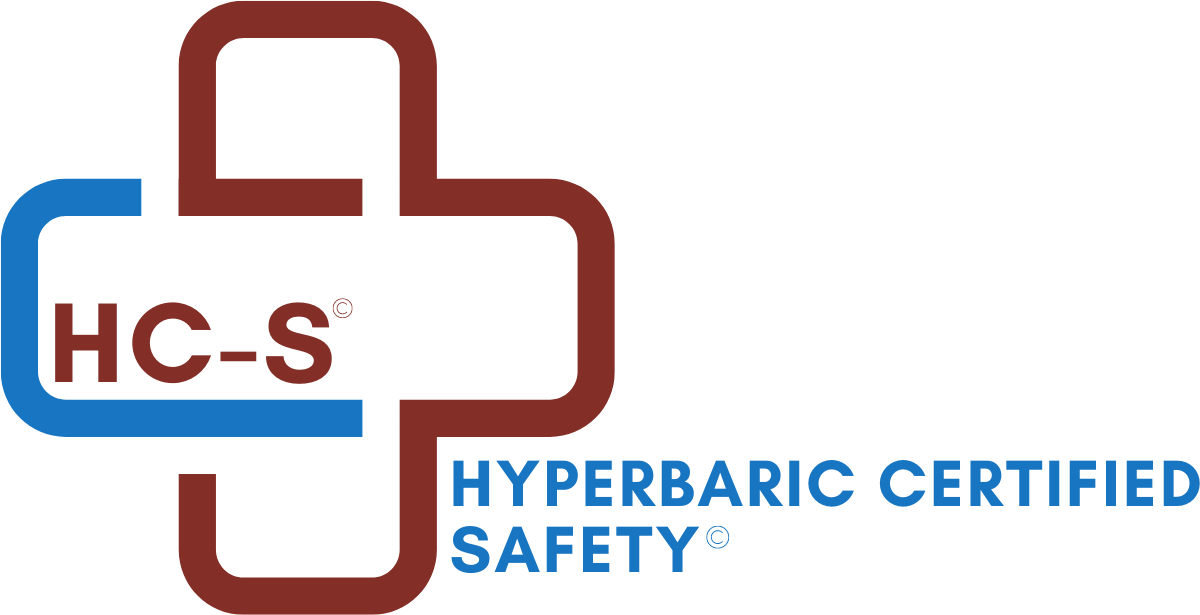Rx Pad
Hyperbaric Chamber Safety Systems
Safety in a hyperbaric chamber begins with design and specifications that are incorporated in construction codes such as the ASME Boiler and Pressure Vessel Code. ASME and related codes establish minimum standards for materials utilized in the construction of a chamber and how those materials are fabricated.2 Subcodes address specific requirements for pressure vessels intended for human occupancy and the viewports utilized in the chamber.3 ASME codes focus on maintenance of the structural integrity of the chamber during routine operations as well as providing safety components such as pressure relief valves to reduce the potential for catastrophic failure of the chamber in the event of overpressure resulting from fire or other mishap. A chamber will undergo inspection, testing, and be stamped to indicate that it has been manufactured in compliance with the applicable pressure vessel code. In many locales, only stamped pressure vessels are allowed to be utilized.
Chamber construction codes focus on structural integrity of the pressure vessel, but that is not the limit with respect to chamber safety. Other codes (National Fire Protection Association [NFPA] 99 and related) impose additional requirements for protection of the facility that houses the chamber, safe operation of the chamber, and protection of occupants. More detailed discussions of these code requirements will follow in this text.
Excerpted with permission from the publisher. Source Reference Hyperbaric Facility Safety: A Practical Guide, Second Edition
Learn More With Team Training in Hyperbaric Facility Safety with our 16-hour CEU Course! Find more details here.
When you subscribe to the blog, we will send you an e-mail when there are new updates on the site so you wouldn't miss them.



Comments